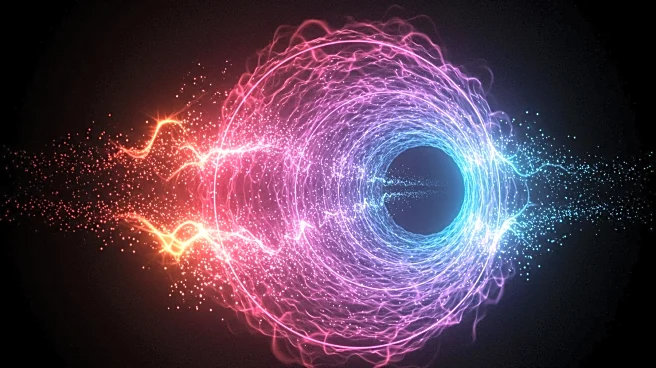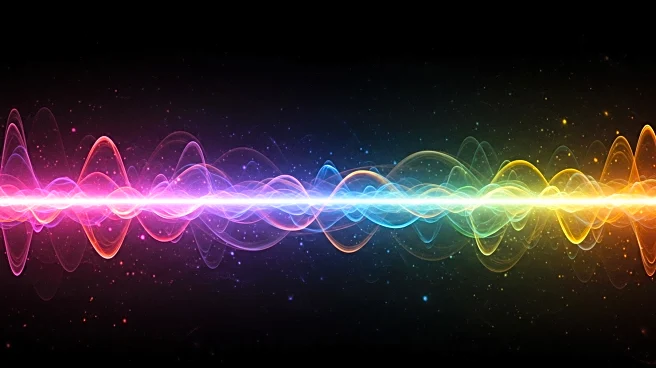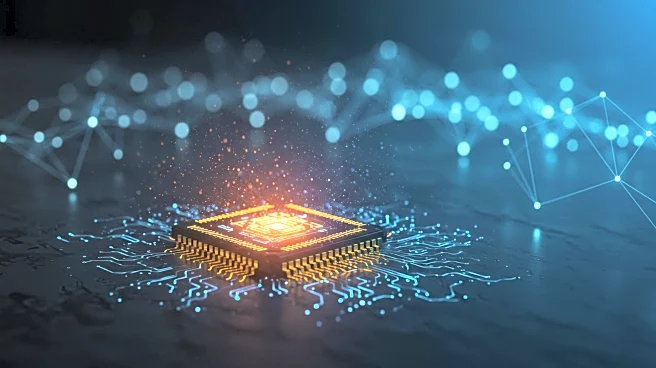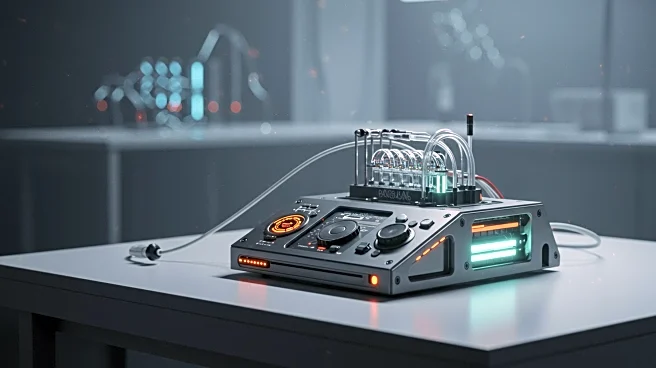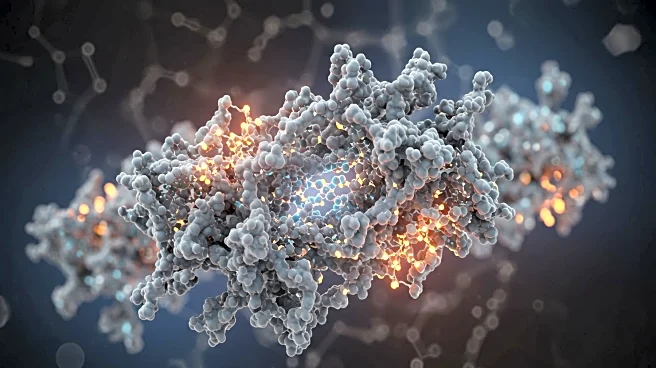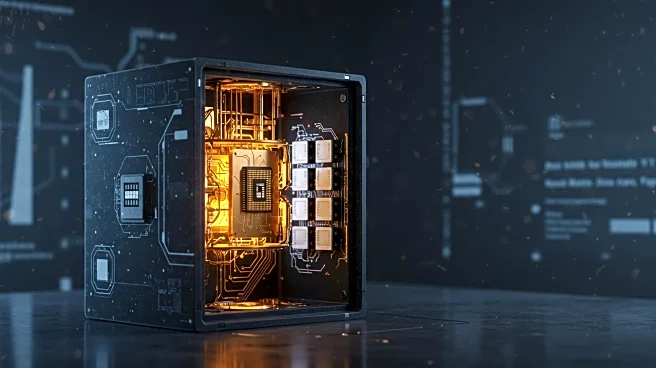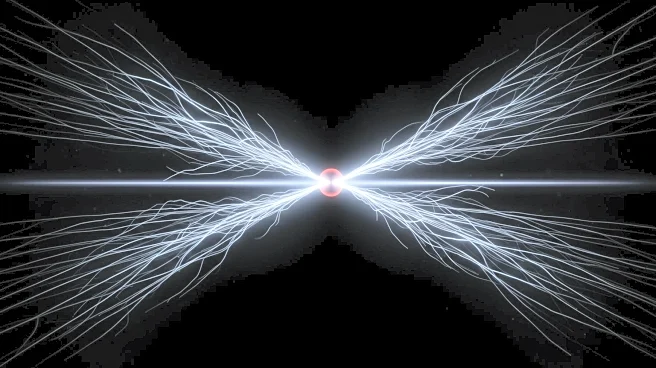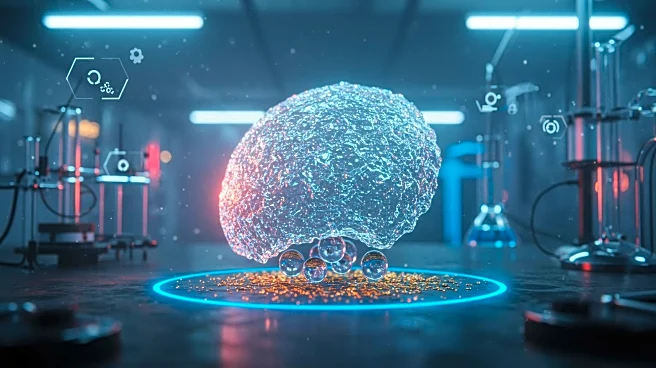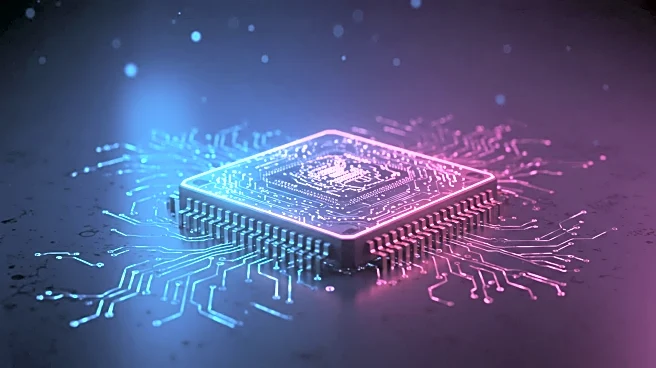What is the story about?
What's Happening?
Recent research has unveiled a new aspect of quantum tunneling known as under-the-barrier recollision (UBR). This phenomenon occurs when electrons reflect and collide with the nucleus while still within the potential barrier, challenging the traditional view of tunneling as a simple transmission process. The discovery was made by physicists from POSTECH and the Max Planck Institute, who demonstrated that electrons can interact with the nucleus within the barrier, gaining additional energy and enabling excitation to higher atomic states. This finding expands the understanding of tunneling dynamics, revealing complex, multi-step interactions within the barrier.
Why It's Important?
The discovery of UBR redefines the conventional understanding of quantum tunneling, which has implications for quantum science and technology. By revealing that electrons can undergo complex interactions within the barrier, this research opens new possibilities for quantum control, including precise shaping of electron wave packets and generation of attosecond pulses. These insights are significant for technologies relying on controlled electron dynamics, such as semiconductors, quantum computing, and ultrafast laser systems. The ability to control these interactions could advance time-resolved spectroscopy used to explore ultrafast physical and chemical processes.
What's Next?
Further research is expected to explore the implications of UBR for quantum control and technology. Scientists may investigate how adjusting phase relationships and laser parameters can enhance electron interactions within the barrier. This could lead to advancements in quantum computing and ultrafast laser systems, as well as new applications in semiconductors and spectroscopy. The development of models incorporating UBR dynamics will likely continue, providing a more sophisticated understanding of tunneling processes.
Beyond the Headlines
UBR challenges the traditional paradigm of tunneling as a passive, one-way process, suggesting that the barrier region itself becomes an active arena for electron-nucleus interactions. This revelation necessitates a more sophisticated understanding of tunneling dynamics, incorporating the full complexity of particle motion within potential barriers. The ability to control these interactions offers new possibilities for quantum control, enabling precise shaping of electron wave packets and the generation of attosecond pulses.
AI Generated Content
Do you find this article useful?
